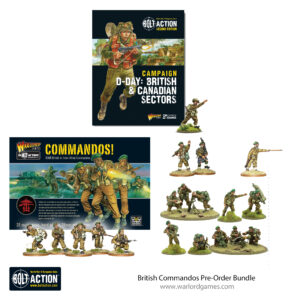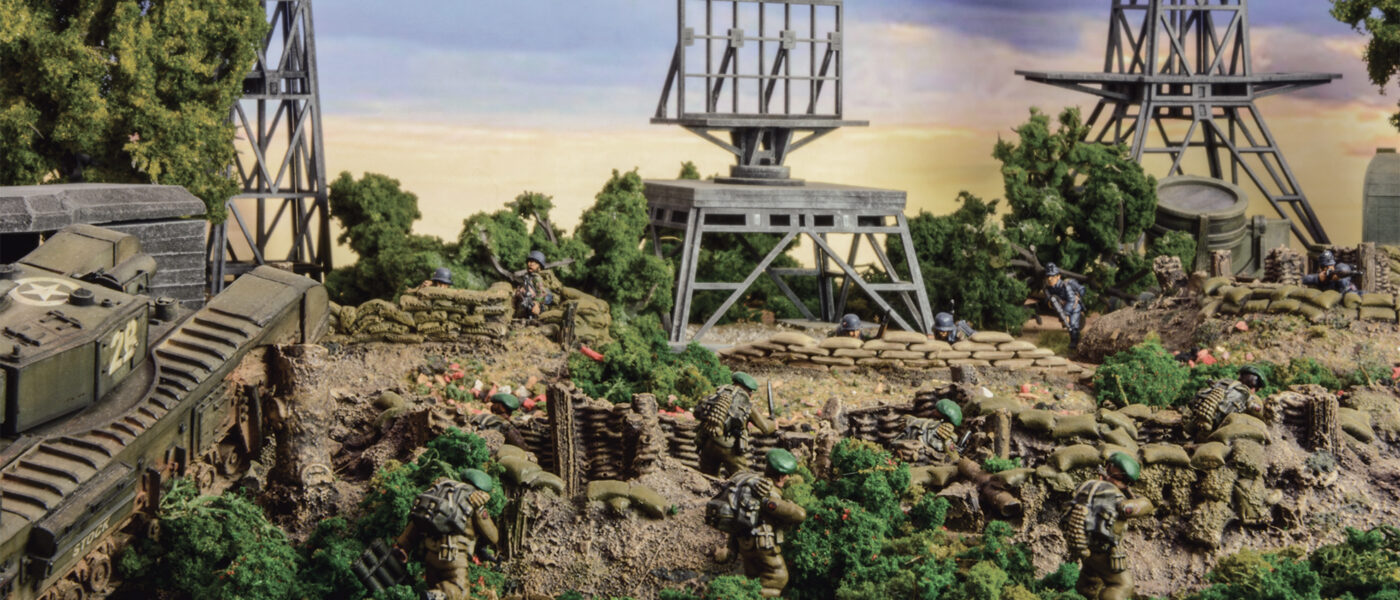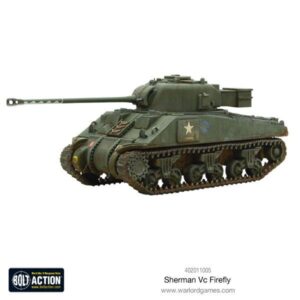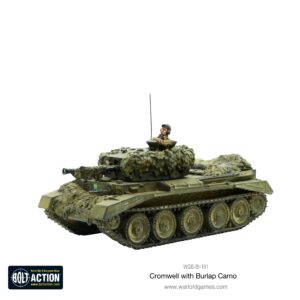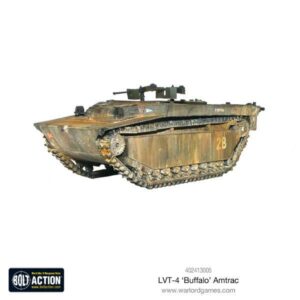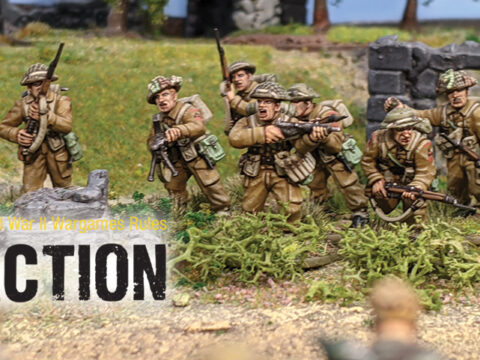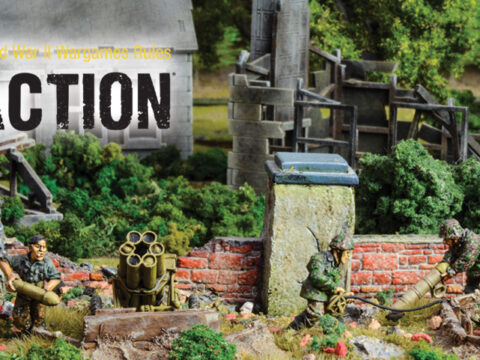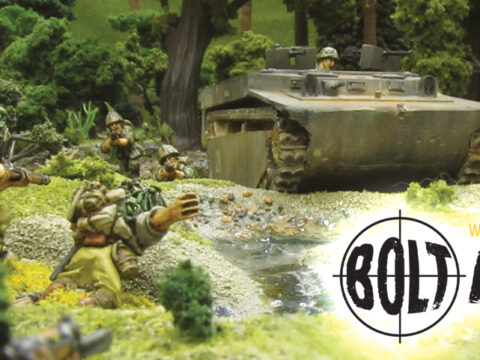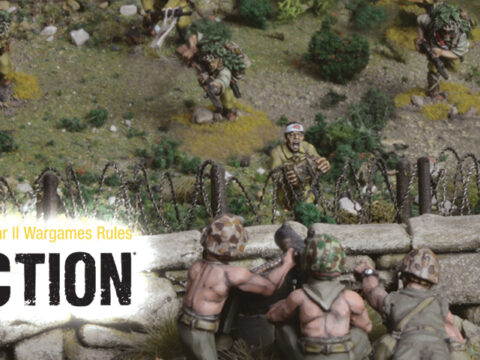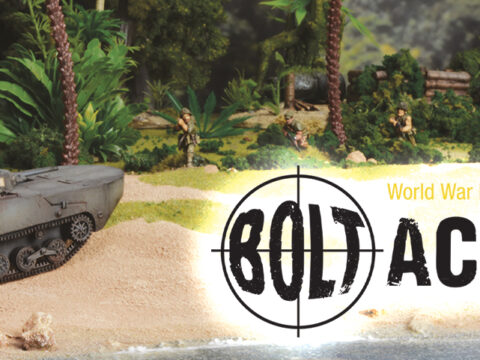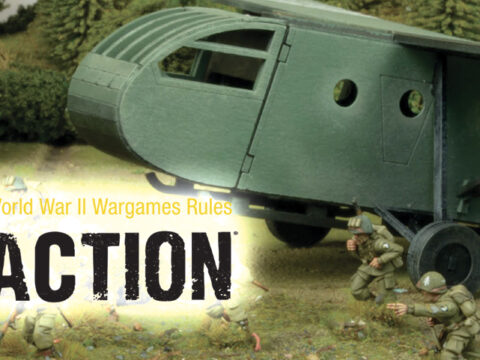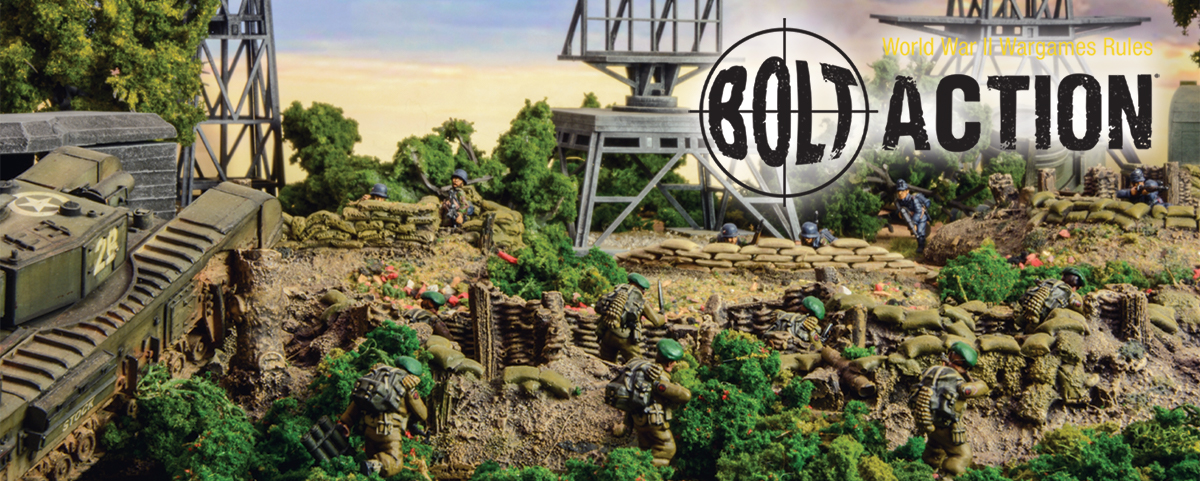
The fall of France and the subsequent evacuation of the British Expeditionary Force from Dunkirk was one of the lowest points in the entire war for Britain. With the battered remnants of the British Army now focused on bolstering their ranks and reorganizing their forces and tactics to face a modern and powerful enemy, Prime Minister Winston Churchill was nonetheless eager to avoid maintaining a purely defensive footing. He wrote to the Chiefs of Staff on 3 June 1940, only days after the Dunkirk evacuation:
“The completely defensive habit of mind, which has ruined the French, must not be allowed to ruin all our initiative… we should immediately set to work to organize raiding forces on these coasts where the population is friendly.”
Two days later, he followed this up with further direction:
“Enterprises must be prepared with specially trained troops…(to) develop a reign of terror down the enemy coast… for a ceaseless offensive against the whole German-occupied coastline, leaving a trail of corpses behind.”
Set Europe Ablaze!
This pre-order bundle is the best way to get your new army off the ground and includes a copy of the new campaign book. You’ll get a box of our fantastic Commandos, complete with their iconic green berets and bergen backpacks. You’ll also get a Commandos Support Group, which includes a medium mortar and machine-gun team, and a soldier carrying a suppressed DeLisle Carbine, perfect for taking out pesky sentries without making a fuss. You’ll also get three special characters – Lord Lovat and his piper Bill Millin and Brigadier Peter Young, all of whom have rules in the new campaign book.
By purchasing, you’ll get CSM Stanley Hollis VC, an exclusive special miniature that is only available as a pre-order bonus. Get your orders in now, so you don’t miss out!
South African born Lt. Col. Dudley Clarke formed an initial plan for a highly trained raiding force whose tactics would be based on the hugely effective exploits of the Boer Commandos during the Second Boer War from 1899 to 1902. Churchill was very impressed with this proposal, and by 13 June the term ‘Commando’ was being used in an official capacity to describe both the proposed unit and the elite soldiers within it.
Maj. Gen. RH Dewing, Director of Military Operations and Plans for the War Office, added more definition to the role:
“The Commando organisation is really intended to provide no more than a pool of specialised soldiers from which irregular units of any size and type can be very quickly created to undertake any particular task. The main characteristics of a Commando in action are:
a) Capable only of operating independently for 24 hours;
b) Capable of very wide dispersion and individual action;
c) Not capable of resisting an attack or overcoming a defence of formed bodies of troops, i.e. specialising in hit and run tactics dependent for their success upon speed, ingenuity and dispersion.”
The War Office issued a call for volunteers to join a new force for ‘special service of a hazardous nature’. Volunteers were interviewed and vetted, resulting in some consternation from regular army units when their very best officers and men were taken from them. Specialist training commenced in the summer of 1940 and by November the first Special Service Brigade was formed, under the command of Brigadier Charles Haydon.
The Brigade was comprised of five Special Service Battalions each commanded by a lieutenant colonel, with three battalions composed of two Commandos of approximately 500 men, and the other two battalions made up largely of Independent Companies. No. 2 Commando did not even make it as far as joining the Special Service Brigade – it was re-designated as 11 Special Air Service Battalion, which in turn became the 1st Parachute Battalion and eventually the Parachute Regiment.
After a rather rushed first operation in Guernsey in July 1940, a more measured approach was taken towards the planning and execution of amphibious raids. Operations began in earnest in early 1941. Army and Royal Marine Commandos would go on to serve with distinction throughout the war, in theatres all over the world.
How do they Play?
Commando armies are hard as nails, crammed with veteran infantry units able to dominate the battlefield at any range. Commando squads have access to a huge range of equipment – from close-range SMGs, to multiple LMGs. The new campaign book adds the option to add lieutenants to your sections, reflecting the real-life structure of the unit. During the Normandy campaign, you’ll also have access to the full range of British & Commonwealth vehicles!

